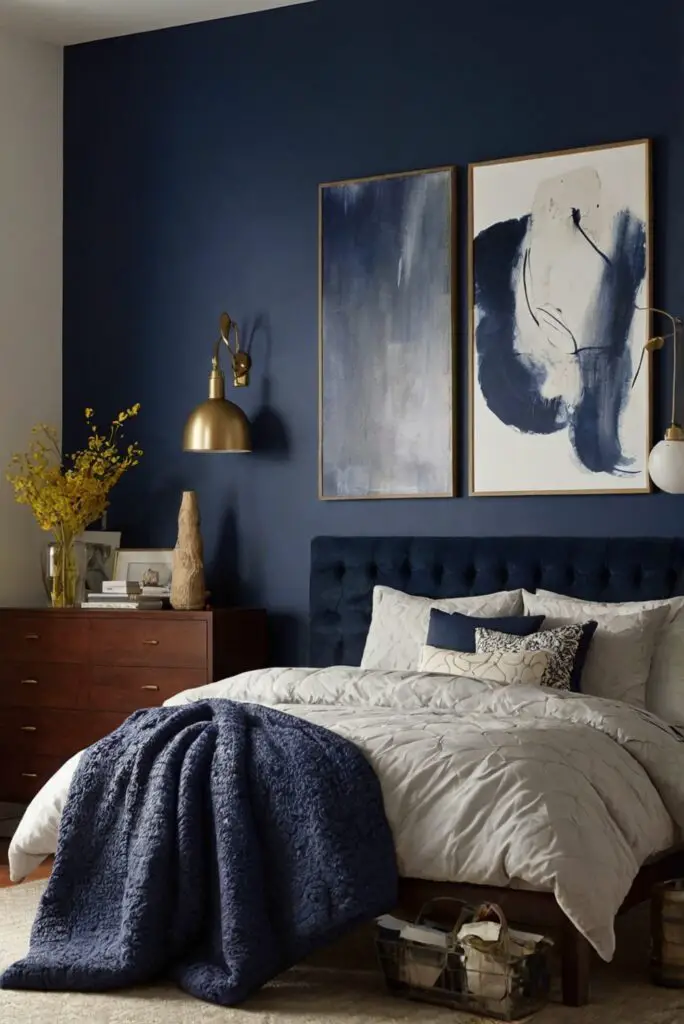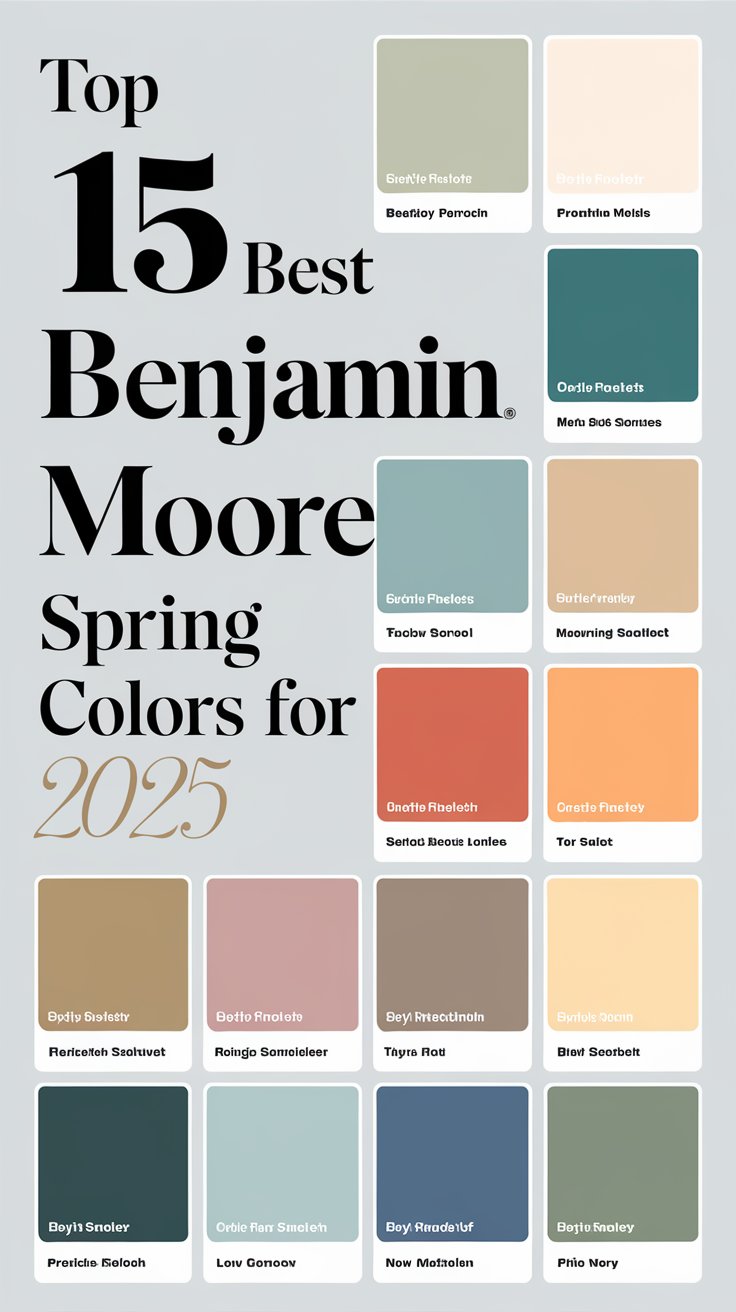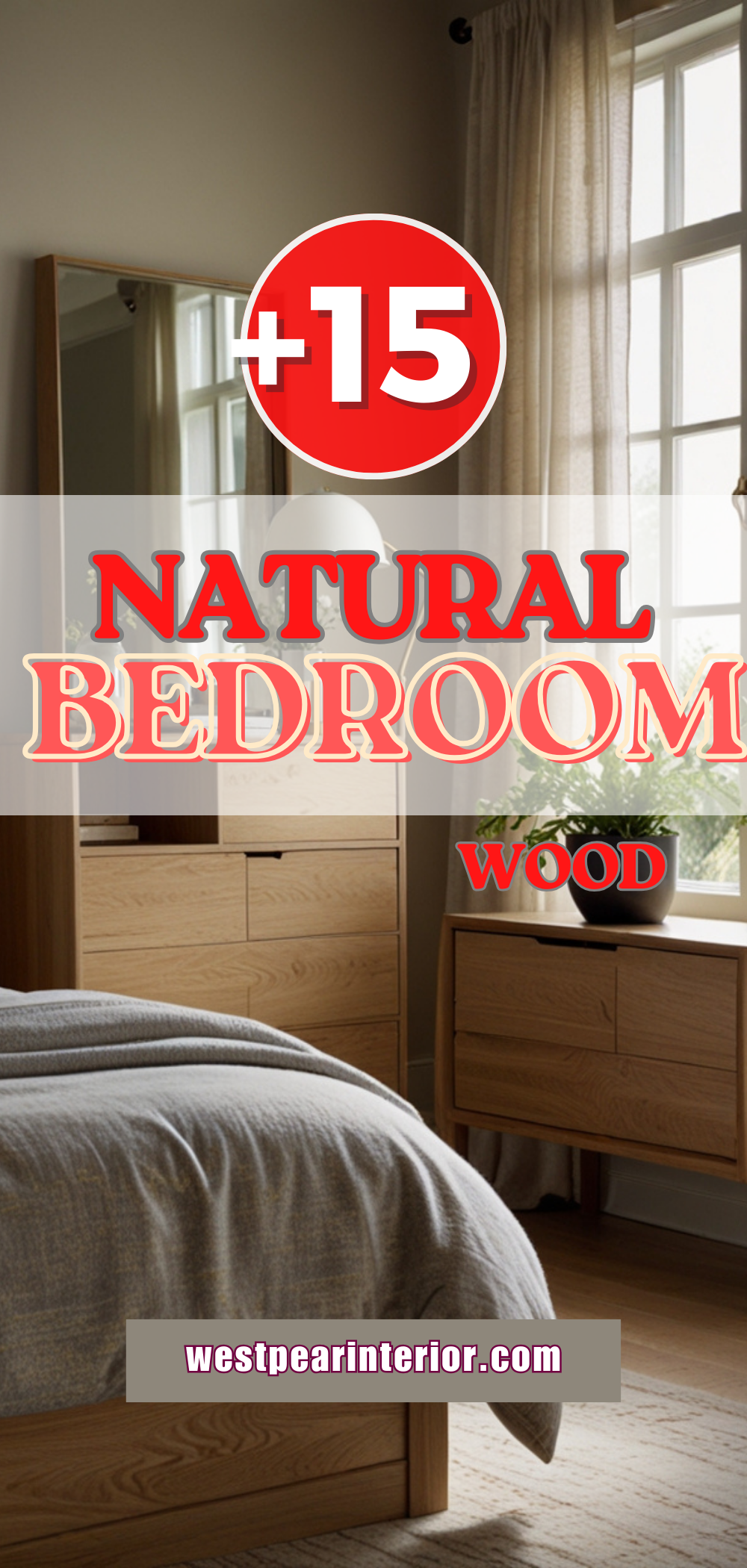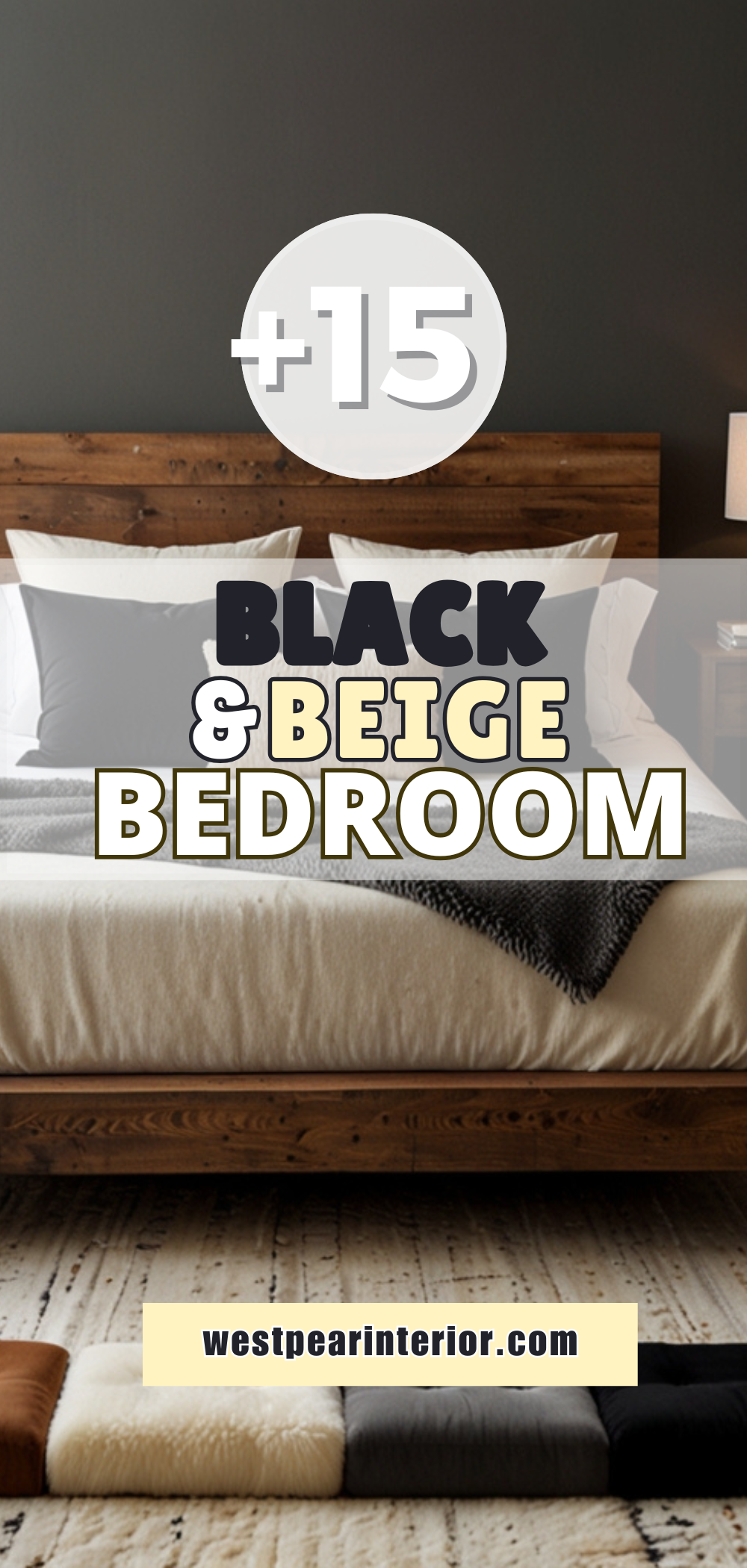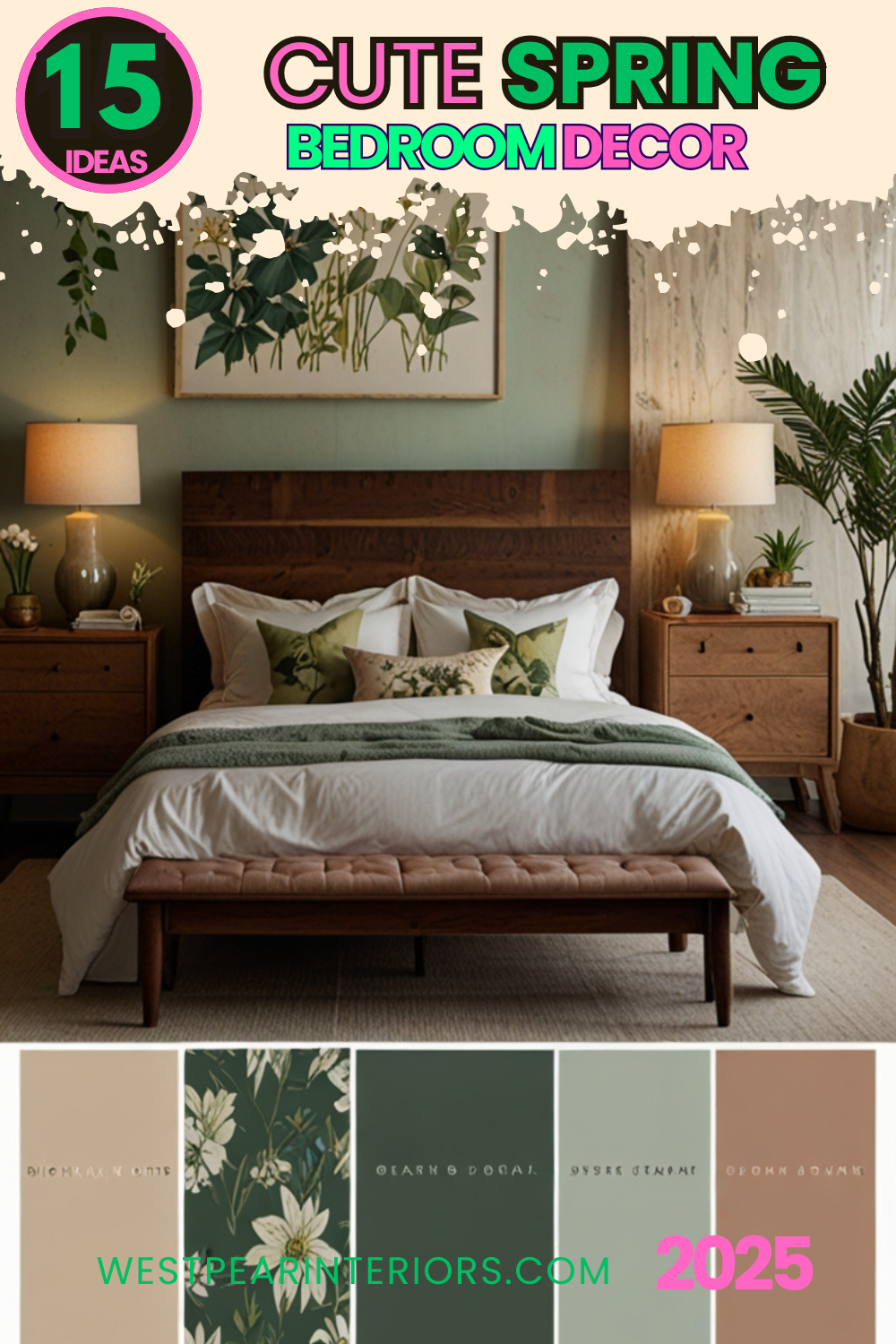Discover creative ways to transform your space with wall art. Get inspired to rethink your decor in this must-read guide.
My favorite way to use wall art is to choose pieces that complement the overall design theme of the room. As an interior designer, I recommend opting for artwork that enhances the color scheme, style, and mood of the space. This could involve selecting paintings or prints that coordinate with the furniture and décor, or even using wall art as a focal point to tie the room together. Another useful tip is to consider the scale of the artwork in relation to the wall size to create a balanced look. Additionally, incorporating different textures and finishes can add depth and visual interest to the room. Lastly, don’t be afraid to experiment with different arrangements and layouts to find the perfect placement for your wall art.
Choosing the right wall art for your living room is essential to enhance the overall aesthetic and ambiance of the space. When selecting wall art, consider the following important factors:
My Lovely Spring Paint for 2025
Ready for a Spring Makeover? Explore the Freshest 2025 Paint Trends!
White Sage/Green SW Pistachio green Soft blue Honeysweet/Orange Pink Sugar Sage Tint BMAs an Amazon Associate, I may earn a commission from qualifying purchases at no extra cost to you.
1. **Theme**: Ensure that the wall art complements the theme of the room. Whether you prefer abstract, modern, traditional, or minimalist styles, choose art pieces that align with the room’s theme.
2. **Size**: Select wall art that is proportionate to the size of your wall. Large walls may require a single oversized piece or a gallery wall, while smaller walls may benefit from smaller art pieces or a collection of smaller artworks.
3. **Color**: Harmonize the colors of the wall art with the existing color scheme of the room. Utilize color theory to create a cohesive and visually appealing look.
My fAV Spring DECOR for 2025
Discover Spring’s Best 2025 Decor Combinations – Perfect for Any Room!
Oversized Indoor Plants White Curved Sofas Rugs BOH Brown Cream Moroccan Hype Boho Rug Outdoor Patio Furniture Sets Topfinel Pillow CoversAs an Amazon Associate, I may earn a commission from qualifying purchases at no extra cost to you.
4. **Focus Point**: Choose a focal point for the room and place the wall art strategically to draw attention to that area. This could be above a fireplace, a sofa, or a bed.
5. **Personal Taste**: Ultimately, select wall art that resonates with your personal style and preferences. Your living room should reflect your personality and tastes through the choice of art pieces.
6. **Quality**: Invest in high-quality wall art pieces that will stand the test of time. Consider the durability and craftsmanship of the artworks you choose.
7. **Balance**: Maintain a balance between the wall art and other elements in the room, such as furniture, decor, and lighting. Avoid overcrowding the walls with too many art pieces.
When hanging multiple pieces of wall art together, follow these tips:
8. **Layout**: Plan the arrangement of the art pieces on the floor before hanging them on the wall. Determine the spacing between each piece and the overall layout of the gallery wall.
9. **Consistency**: Maintain consistency in terms of frame style, color palette, or theme when combining multiple art pieces. This helps create a cohesive and unified look.
Using different styles of wall art in the same room can add depth and visual interest. To ensure harmony:
10. **Common Thread**: Look for a common thread that ties the different art pieces together, such as a shared color, subject matter, or style element.
11. **Layering**: Experiment with layering different styles of wall art to create a curated and eclectic look. Mix abstract pieces with photography, paintings with prints, or vintage art with modern pieces.
12. **Statement Piece**: Incorporate a statement piece of wall art that serves as a focal point and anchors the room’s design. This can be a large-scale artwork or a unique conversation starter.
Mixing and matching different colors in wall art requires a thoughtful approach:
13. **Color Wheel**: Use the color wheel to identify complementary, analogous, or monochromatic color schemes for a harmonious look. Play with shades and tones to create contrast and visual intrigue.
14. **Neutral Backdrop**: If your room has a neutral color palette, inject pops of color through vibrant wall art to add warmth and personality to the space.
Alternative materials to traditional framed wall art offer versatility and uniqueness:
15. **Canvas Prints**: Opt for canvas prints for a contemporary and textured look. Canvas art pieces add dimension to the walls and can be customized to suit your style.
16. **Metal Art**: Metal wall art provides a sleek and modern aesthetic. Choose metallic finishes for a touch of sophistication and industrial charm.
Matching wall art with the overall color scheme of a room involves the following steps:
17. **Color Palette**: Select wall art that features colors already present in the room’s color palette. This creates a cohesive and unified design scheme.
18. **Accents**: Use wall art as an opportunity to introduce accent colors that complement the room’s existing color scheme. This can tie the decor elements together seamlessly.
Organizing a gallery wall with different sizes and shapes of art pieces can be a creative and visually appealing endeavor:
19. **Templates**: Use paper templates to plan the layout of the gallery wall before hanging the actual art pieces. This allows you to visualize the arrangement and make adjustments as needed.
20. **Variety**: Embrace variety in sizes, shapes, and frames to add visual interest to the gallery wall. Mix and match different elements for a dynamic and curated display.
**Key Takeaways:**
– Select wall art that complements the theme, size, color, and personal taste of your living room.
– Plan the layout of multiple art pieces before hanging them to achieve a cohesive look.
– Combine different styles of wall art by finding a common thread or experimenting with layering.
– Mix and match colors in wall art to create a balanced and visually appealing composition.
– Consider alternative materials such as canvas prints and metal art for unique wall decor options.
– Ensure that the wall art matches the overall color scheme of the room for a harmonious design.
– Organize a gallery wall with different sizes and shapes of art pieces by using templates and embracing variety and balance in the arrangement.

